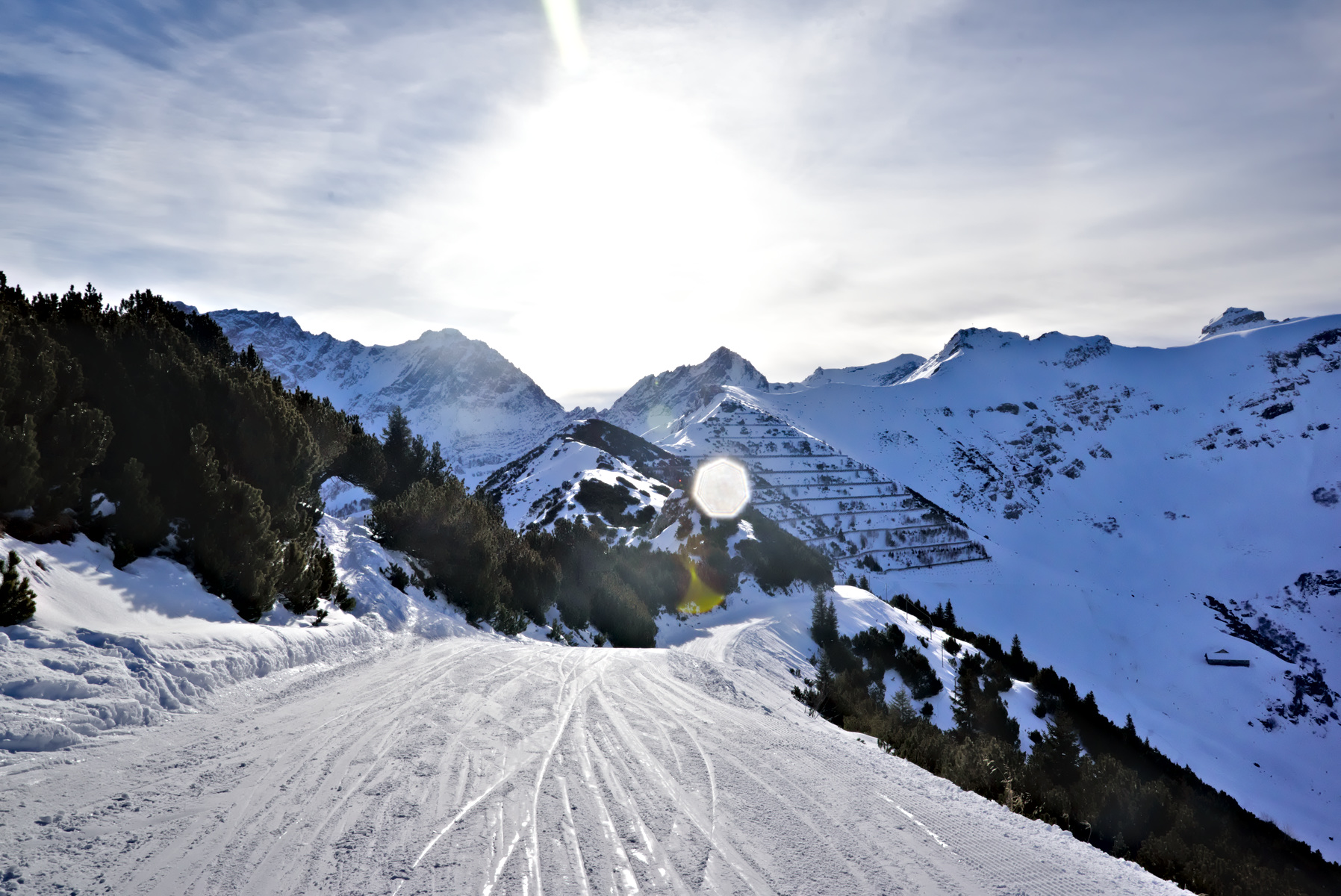I occasionally have this issue where the camera software produces better microcontrast than I can via RawTherapee. I am unsure whether this is an issue with the software or with my ability to use it. All files presented here and their associated .pp3 files are available in this archive.
The best I can obtain from the .NEF is:
As you can see the background looks rather flat and dull, even a bit “foggy”.
This is already what the camera generates:
Doesn't look like much, but that's mainly due to the lightness.
Based on the camera .JPG but not the .NEF, I can get:
Which has much more contrast on the cliffs on the mountainsides in the background.
What I tried to do in RawTherapee is to tweak the “Tone Mapping” and the “Contrast by Detail Levels” dials, and they both helped, but not nearly as much as when starting off with the JPG file (all .pp3 files available in the aforementioned archive).
Can you help me get results similarly good to the last picture while starting from the NEF (this would allow me to better preserve the dynamic range and reduce clipping).





